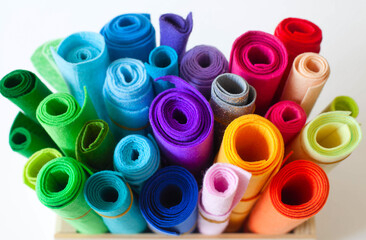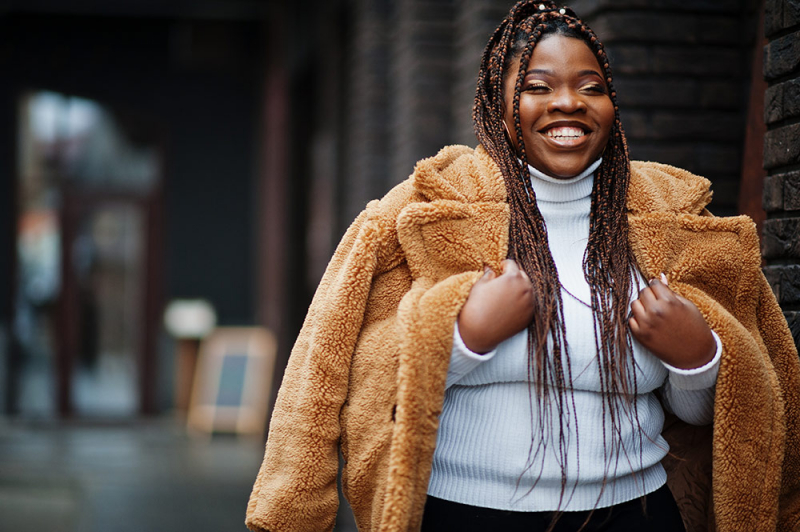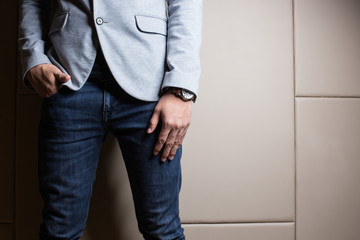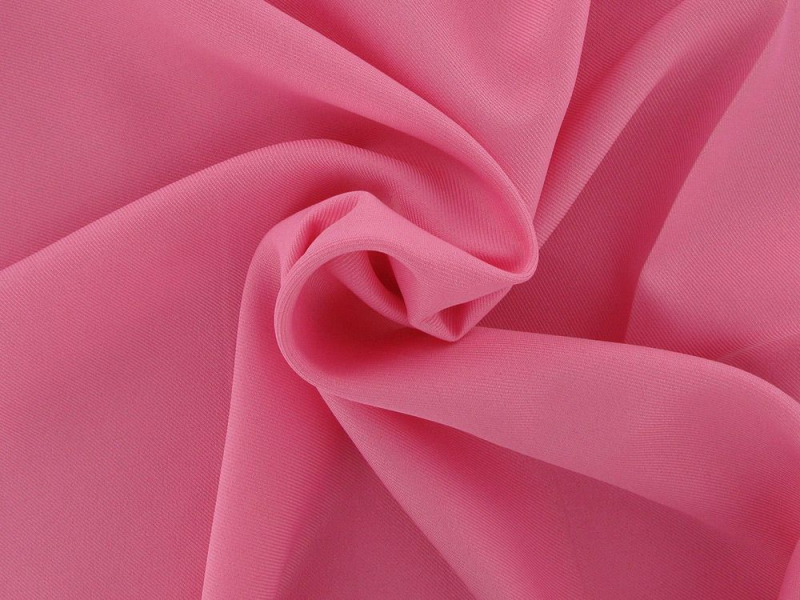What is Silk? History, How It's Made and Uses
Silk fabric is a luxurious and popular choice, especially suited for bridal gowns, parachutes, bedding and upholstery as it oozes opulence. But just how is silk made, and how did it become so popular as a textile?
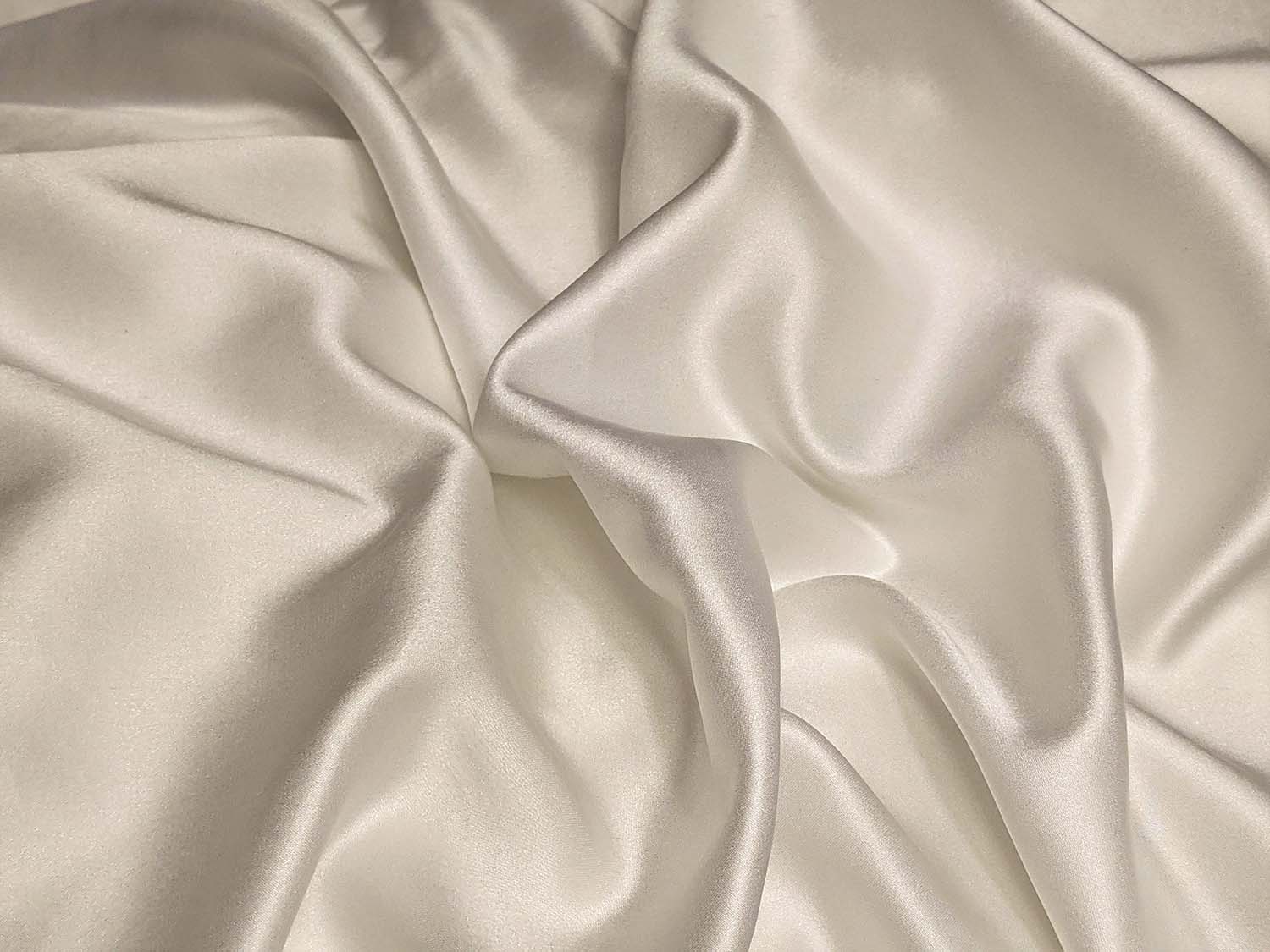
What is silk?
A surprising fact about silk is that it is the most robust textile in the world that is naturally occurring. Recently this has been surpassed by a man-man fabric that was bio-lab engineered, but nothing has taken its crown for natural strength. It is spun by silkworms as a natural secretion called fibroin which they secrete when making their cocoons. They are not the only insects to produce a silk-like excretion, but the Bombyx Mori larvae found exclusively on mulberry trees are the only species used to make silk. The fibres are structured in a triangular prism arrangement, giving silk the unique shimmer effect seen in certain lights.
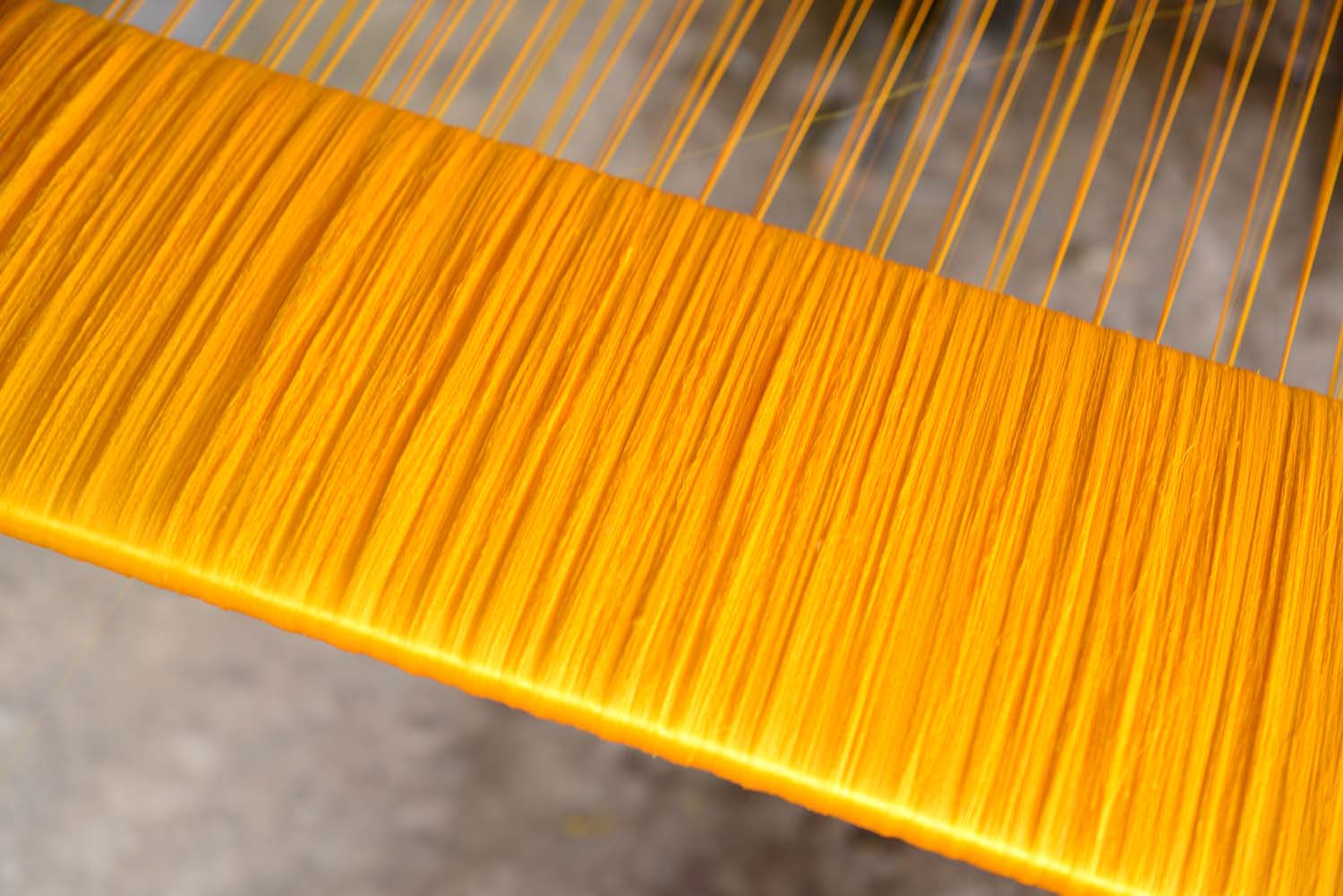
History of silk production
The first uses of silk were recorded when people took the raw material from larvae living in the wild. However, this would never yield enough to sustain demand. As far back as 3600 BC, the Chinese cultivated the works, and the fabric is synonymous with the Chinese Empire and the stunning robes that the Emperors and other nobility wore. The Silk Road was born as the first established trade route, and this went from China to Western Europe. Initially, this was a trade arrangement with the Chinese exchanging their silk for other in-demand commodities that they could not produce for themselves.
However, by the time we reached 1000 BC, the ability to produce silk had spread across Europe, and Italy became one of the biggest producers. In the 17th century, production reached, and when WW2 hit, America could no longer access the raw materials, which led to them creating the first synthetic alternative, nylon.
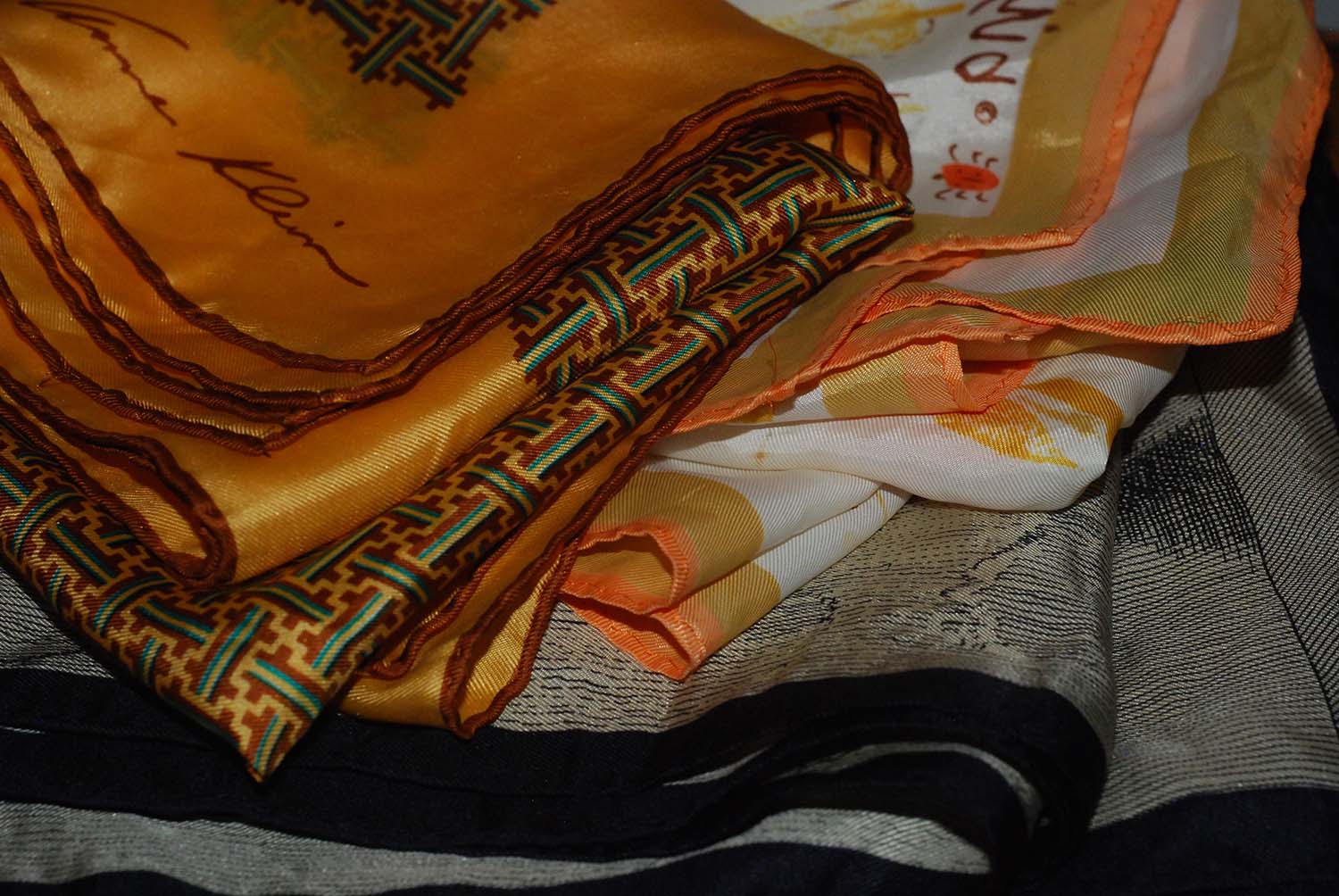
How is silk made?
The process of making silk requires seven different functions and begins with the harvesting of the cocoons from the silkworms. This must be carried out under very high heat to ensure the worms do not emerge from the cocoons. Next, the loose end of the cocoon must be identified so that it can be unravelled. Some places use a machine to thread it into the eye of the spooler; others still use human labour for this process. Each time a cocoon is loaded for unravelling, it is joined to the one before in order to form a long continuous length of silk thread.
In stage four, the long threads are twisted together to create the yarn. It will be pretty uneven at this stage, so it has to be fed through a roller to get the same thickness throughout. Now the raw yarn can be dyed, and silk is produced in many rich colours. It can also be bleached to get the white fabric used in wedding dresses. Once the silk is wound into the newly coloured balls, it can be woven into sheets or fabric or straight into a garment.
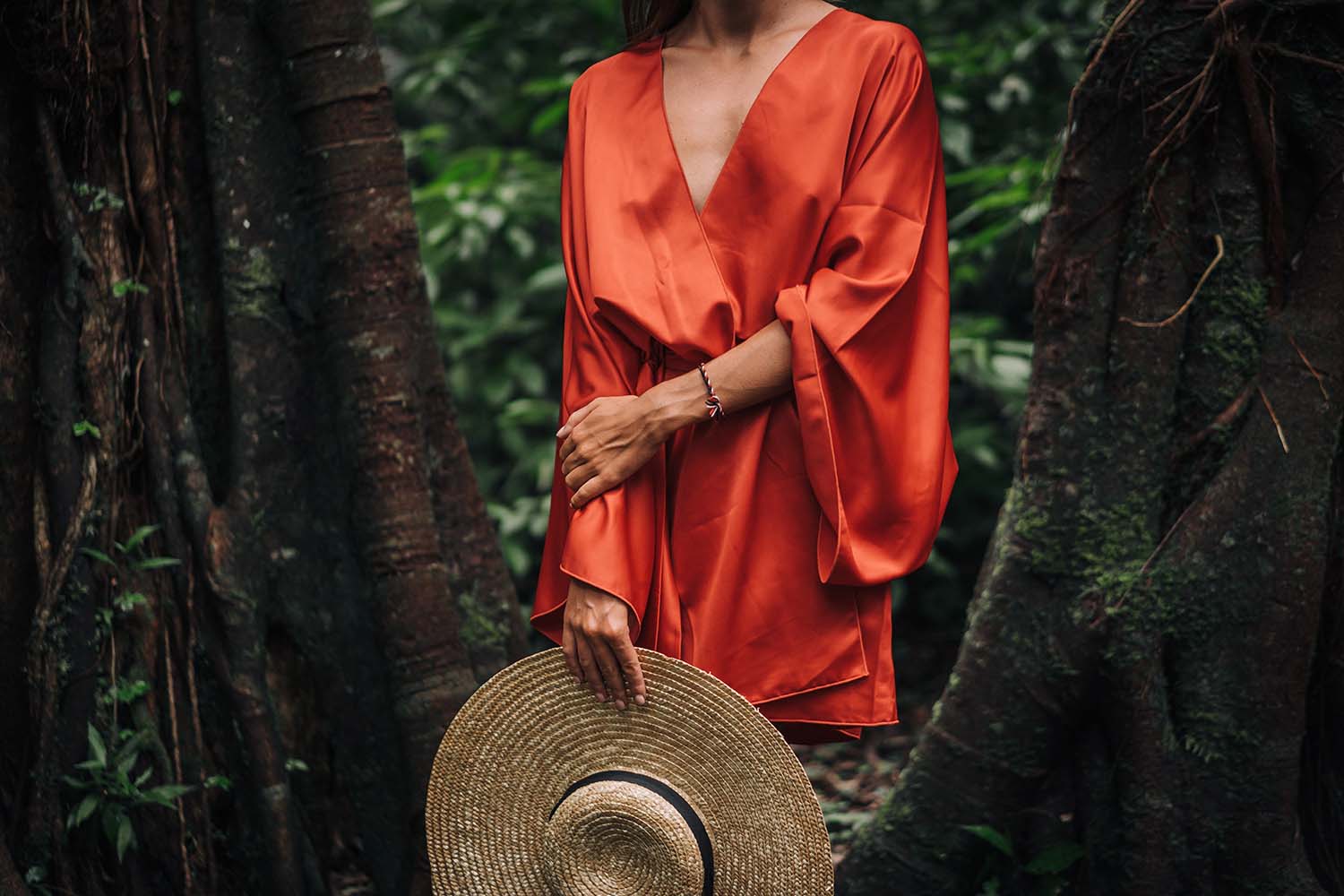
What is silk used for?
Silk is prevalent in many industries, including clothing manufacture, home furnishings, and parachute material. Medical and surgical organisations also use a lot of silk as it is the perfect material for sutures and safe wound closing, with the bonus of being naturally antibacterial.
For clothing, silk is often used for formal dresses; in male attire, silk is chosen for suits and dress ties and scarves for women. But it also makes good blouses and is popular with underwear manufacturers. In-home furnishings, silk is a favoured choice when creating an opulent look with items such as curtains and soft drapes and high-end bedding. Finally, silk is also used in bicycle tyres in the casing inside.
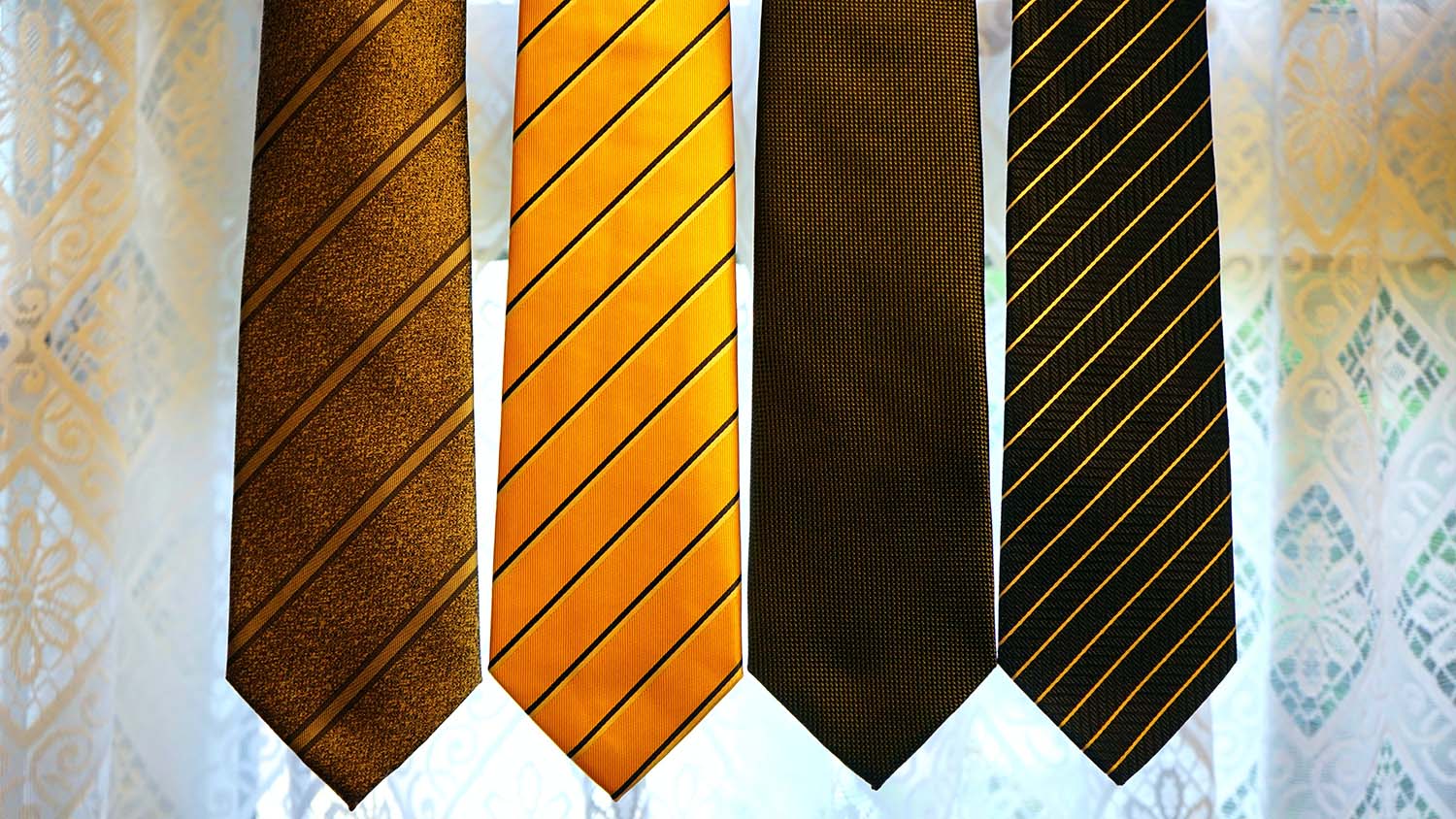
Pros and cons of silk fabric
The biggest pro of silk is its strength, and when combined with other materials like cotton fabrics, you get very sturdy fabrics. Silk has a natural elasticity, which makes it easier to shape and work with, and it is also very absorbent, perfect for clothing items that might get wet. A downside of silk is that it is prone to shrinking, so it is not suitable to throw in the washing machine. It needs to be dry cleaned by a professional. In addition, silk sometimes has a static cling issue when handling it.
Sewing with silk
Working with silk is a rewarding process, and it’s the perfect fabric to make beautiful garments for all occasions. Our selection of luxurious silk material is ideal for all types of projects, and there are colours to suit everyone.

